Winter Rye Success: Your Complete UK Growing Guide
Golden stalks swaying gently in crisp winter air, their hardy roots anchored deep in British soil—this is the promise of winter rye, one of the most resilient and rewarding crops you can grow in the UK. Far from being an exotic grain reserved for commercial farms, winter rye has quietly become the secret weapon of savvy British gardeners who understand its remarkable versatility.
This ancient grain offers something truly special: the rare combination of being both incredibly hardy and surprisingly productive. While other crops retreat indoors or succumb to our unpredictable weather, winter rye thrives through the wettest winters and emerges stronger come spring. Whether you're seeking to improve your soil health, prevent erosion on that troublesome slope, or harvest your own grain for homemade bread, winter rye delivers results that will surprise even experienced gardeners.
Many UK gardeners assume that growing grains requires vast acreage or specialised equipment. This couldn't be further from the truth. Winter rye adapts beautifully to small plots, allotments, and even large containers, making it accessible to gardeners with modest growing spaces. The key lies in understanding how to work with Britain's unique climate rather than against it.
This comprehensive guide will take you through every step of the journey, from selecting the perfect spot in your garden through to celebrating your first harvest. You'll discover practical techniques tailored specifically for UK growing conditions, learn to navigate common challenges with confidence, and unlock the full potential of this remarkable crop.
Why Winter Rye Thrives in the UK Climate
Britain's temperate maritime climate creates the perfect conditions for winter rye cultivation. This remarkable grain can withstand temperatures as low as -20°C, making our typical winter lows of -5°C to 5°C feel positively balmy by comparison. Unlike many crops that struggle with our wet winters, rye actually benefits from consistent moisture whilst maintaining excellent drainage tolerance.
The environmental advantages of growing winter rye extend far beyond simple crop production. As a cover crop, rye creates a living carpet that prevents soil erosion during our notorious winter storms. Its extensive root system, which can reach depths of up to two metres, breaks up compacted soil layers whilst simultaneously capturing and storing nutrients that might otherwise wash away during heavy rainfall.
Winter rye also provides crucial habitat for beneficial insects during the colder months. The dense growth offers shelter for predatory beetles and other pest-controlling species, creating a natural pest management system that benefits your entire garden. Additionally, rye's ability to suppress weeds means less work for you come spring—a welcome advantage for busy gardeners.
Compared to wheat or barley, winter rye demonstrates superior resilience to the fungal diseases that thrive in our humid climate. This natural disease resistance translates to healthier crops with minimal intervention, making it an ideal choice for organic gardeners or those seeking low-maintenance growing options.
Getting Started: Site Selection and Soil Preparation
Success with winter rye begins with thoughtful site selection. Choose a location that receives full sun for most of the day, as rye requires good light to establish strong autumn growth before winter dormancy. Avoid low-lying areas where water tends to pool, as standing water during winter months can lead to root rot despite rye's general tolerance for moisture.
Soil testing becomes particularly important when growing winter rye, as it performs best in slightly acidic to neutral conditions with a pH between 5.5 and 7.0. Most UK soils fall within this range, but if your soil tests above pH 7.5, consider adding organic matter such as well-composted manure or leaf mould to gradually lower the pH whilst improving soil structure.
The ideal soil preparation timeline begins in August. Start by clearing any existing vegetation and weeds from your chosen area. Heavy clay soils, common throughout much of Britain, benefit from the addition of sharp sand or grit to improve drainage. Work in 2-3 inches of well-rotted compost or aged manure, as rye responds exceptionally well to organic matter.
For gardens with poor drainage, consider creating slightly raised beds or mounded rows. This simple modification can prevent the waterlogging issues that occasionally challenge even resilient rye plants during particularly wet British winters. Remember that rye's extensive root system will eventually help improve your soil structure, but giving it the best possible start ensures vigorous establishment.
Planting Winter Rye: Timing and Techniques
The planting window for winter rye in the UK typically opens in early September and extends through early November, with regional variations based on local climate patterns. Northern regions of Scotland should aim for earlier planting (September to early October), whilst southern counties can successfully plant as late as mid-November.
Broadcasting remains the most practical method for home gardeners, requiring no specialised equipment beyond a steady hand and good technique. Aim for a seeding rate of approximately 100-120 grams per square metre for a dense stand that will effectively suppress weeds and provide good soil coverage. Scatter seeds evenly across prepared soil, then rake lightly to ensure good seed-to-soil contact.
For those preferring more precision, drilling seeds in rows spaced 15-20cm apart offers easier weed management and potentially higher yields. Plant seeds at a depth of 2-3cm—deeper in sandy soils, shallower in heavy clay. The key principle remains consistent: ensure seeds have good contact with moist soil whilst avoiding burial so deep that emergence becomes difficult.
Water newly planted areas gently if autumn rains haven't arrived within a week of sowing. However, avoid overwatering, as rye seeds can rot in waterlogged conditions. Most UK autumns provide adequate natural moisture for successful germination, which typically occurs within 7-14 days under favourable conditions.
Nurturing Your Rye Through Winter
Once established, winter rye requires minimal intervention during the dormant months. The crop naturally slows its growth as temperatures drop and daylight hours decrease, entering a hardy state that allows it to survive whatever British winter weather may bring.
Monthly inspections from November through February help you stay connected with your crop's progress. Look for signs of healthy root development and check that plants haven't been heaved from the soil by freeze-thaw cycles, though this rarely occurs with well-established rye. Any plants that appear loose can be gently firmed back into place.
Waterlogging presents the primary winter challenge for UK rye growers. If standing water persists for more than 48 hours after heavy rainfall, consider creating drainage channels around your rye area or adding organic matter to improve soil structure for future seasons. Established rye plants typically recover well from brief flooding, but prolonged waterlogging can weaken root systems.
Snow cover actually benefits winter rye by providing insulation and slow-release moisture. Don't worry about clearing snow from your rye beds—the plants beneath are likely thriving under their white blanket. As winter progresses toward spring, you may notice subtle signs of growth resumption even whilst temperatures remain cool.
Spring Management and Growth Acceleration
March brings the exciting transformation as your winter rye awakens from dormancy. New growth appears bright green against the older, weathered foliage, signalling the beginning of the season's most vigorous growth period. This rapid spring development means your management attention becomes increasingly important.
A light application of balanced organic fertiliser in early April supports the burst of spring growth. Well-composted chicken manure or a general organic garden fertiliser applied at manufacturer-recommended rates provides the nutrients needed for healthy development. Avoid high-nitrogen fertilisers that might promote excessive leaf growth at the expense of grain development.
Weed pressure typically remains minimal around established rye due to its natural suppression abilities, but hand-pulling any persistent perennial weeds ensures they don't compete for resources during this critical growth phase. The dense rye canopy will eventually shade out most annual weeds, creating a remarkably clean growing environment.
Spring pest monitoring focuses primarily on aphids and slugs, both common challenges in the British growing environment. Regular inspection allows early intervention if needed, though healthy rye plants typically withstand moderate pest pressure without significant yield impacts.
Harvest Time: When and How to Reap Your Rye
July and August herald harvest season for UK winter rye growers. Recognition of proper harvest timing comes through observing several key indicators: grain heads turn from green to golden brown, individual grains feel firm when pressed, and stems begin to yellow from the base upward.
The traditional "thumbnail test" provides reliable guidance—when you can dent a grain with your thumbnail but cannot easily squeeze out moisture, harvest timing is optimal. Waiting too long risks grain shattering and bird damage, whilst harvesting too early results in poor-quality grain with higher moisture content.
Hand harvesting works beautifully for small plots and offers satisfying connection to traditional farming methods. Use a sharp sickle or knife to cut stalks about 15cm above ground level during dry morning conditions after dew has evaporated. Gather cut stalks into bundles, securing with string or elastic bands for easier handling.
For larger areas, consider borrowing or hiring appropriate machinery, though many home gardeners find hand harvesting perfectly manageable for typical garden-scale plantings. Expect yields of approximately 300-500 grams per square metre under good growing conditions, though first-time growers often achieve somewhat lower yields whilst learning optimal management techniques.
Proper drying becomes crucial for successful grain storage. Bundle cut stalks and hang them in a dry, well-ventilated area for 2-3 weeks before threshing. Alternatively, spread loose stalks on tarps in a dry location, turning daily until thoroughly dried. Properly dried grain should contain no more than 14% moisture for safe long-term storage.
Troubleshooting Common UK Growing Challenges
Even resilient winter rye occasionally faces challenges in British growing conditions. Poor germination often results from planting too deeply in heavy clay soils or sowing during excessively wet periods. If germination appears patchy, overseed affected areas immediately, as rye can successfully establish throughout autumn.
Slug damage typically appears as irregular holes in young leaves or complete consumption of seedlings. Creating beer traps or applying organic slug pellets around vulnerable young plants provides effective protection during establishment. Mature rye plants rarely suffer significant slug damage due to their tough leaf structure.
Fungal diseases occasionally affect rye during prolonged wet periods, appearing as brown spots or rust-coloured patches on leaves. Improving air circulation through appropriate spacing and avoiding overhead watering helps prevent most disease issues. Remove affected plant material promptly to prevent disease spread.
Waterlogging recovery requires patience and assessment. Rye plants often appear stressed immediately after flooding but frequently recover once drainage improves. Avoid walking on waterlogged soil around plants, as compaction worsens drainage problems. Consider installing drainage improvements for future seasons if waterlogging proves persistent.
Reaping the Rewards of Your Winter Rye Success
Growing winter rye successfully transforms both your garden and your understanding of what's possible in British growing conditions. This remarkable crop demonstrates that sustainable gardening and productive harvests work hand in hand, creating benefits that extend far beyond the grain itself.
The soil beneath your harvested rye will thank you with improved structure, enhanced fertility, and better drainage—gifts that benefit all your future gardening endeavours. Your success with winter rye opens doors to exploring other grains and cover crops, expanding your gardening repertoire whilst building confidence in working with less common crops.
Start planning your autumn planting now by sourcing quality winter rye seed from reputable UK suppliers. Many organic and heritage seed companies offer varieties specifically selected for British growing conditions. Prepare your growing area gradually through the summer, incorporating organic matter and addressing any drainage concerns before the September planting window opens.
Consider joining online communities of UK grain growers where you can share experiences, ask questions, and celebrate successes with fellow enthusiasts. Your winter rye journey connects you to centuries of British agricultural tradition whilst contributing to modern sustainable gardening practices.
The satisfaction of harvesting your own grain, milled into flour for homemade bread or stored as feed for garden wildlife, provides rewards that extend far beyond the growing season. Your winter rye success story begins with a single decision to try something new—and that story starts now.
Discover the Hearty Goodness of Our Traditional Rye Bread
Experience the timeless appeal of authentic, traditionally baked rye bread. From the moment you unwrap it, the rich, earthy aroma promises a taste of pure, rustic comfort. Each loaf is a masterpiece, baked to perfection with a beautiful, golden-brown crust that crackles slightly to reveal a wonderfully dense and satisfyingly moist interior.
Our commitment to quality starts with the finest, wholesome ingredients. We use stone-ground rye flour, following a time-honoured recipe that has been passed down through generations. This slow, traditional baking process allows the deep, complex flavours of the rye to develop fully, resulting in a loaf that is both nourishing and incredibly delicious. It's the kind of bread that doesn't just fill you up; it truly satisfies.
Why You'll Love Our Rye Bread:
- Rich & Complex Flavour: A distinctive, slightly tangy taste that pairs beautifully with both sweet and savoury toppings.
- Wonderfully Dense Texture: Hearty and substantial, each slice provides a satisfying bite that's perfect for any meal.
- Wholesome & Nourishing: Made with simple, high-quality ingredients, it's a great choice for those seeking a more mindful, fibre-rich option.
- Incredibly Versatile: The robust character of our rye bread makes it the perfect foundation for everything from a classic smoked salmon and cream cheese open sandwich to a hearty companion for your favourite warming soup or stew.
Elevate your daily meals with a slice of tradition. Whether you're crafting the ultimate lunchtime sandwich, enjoying a simple piece of toast with butter, or dipping it into a flavourful broth, our rye bread brings a touch of wholesome, rustic charm to your table.
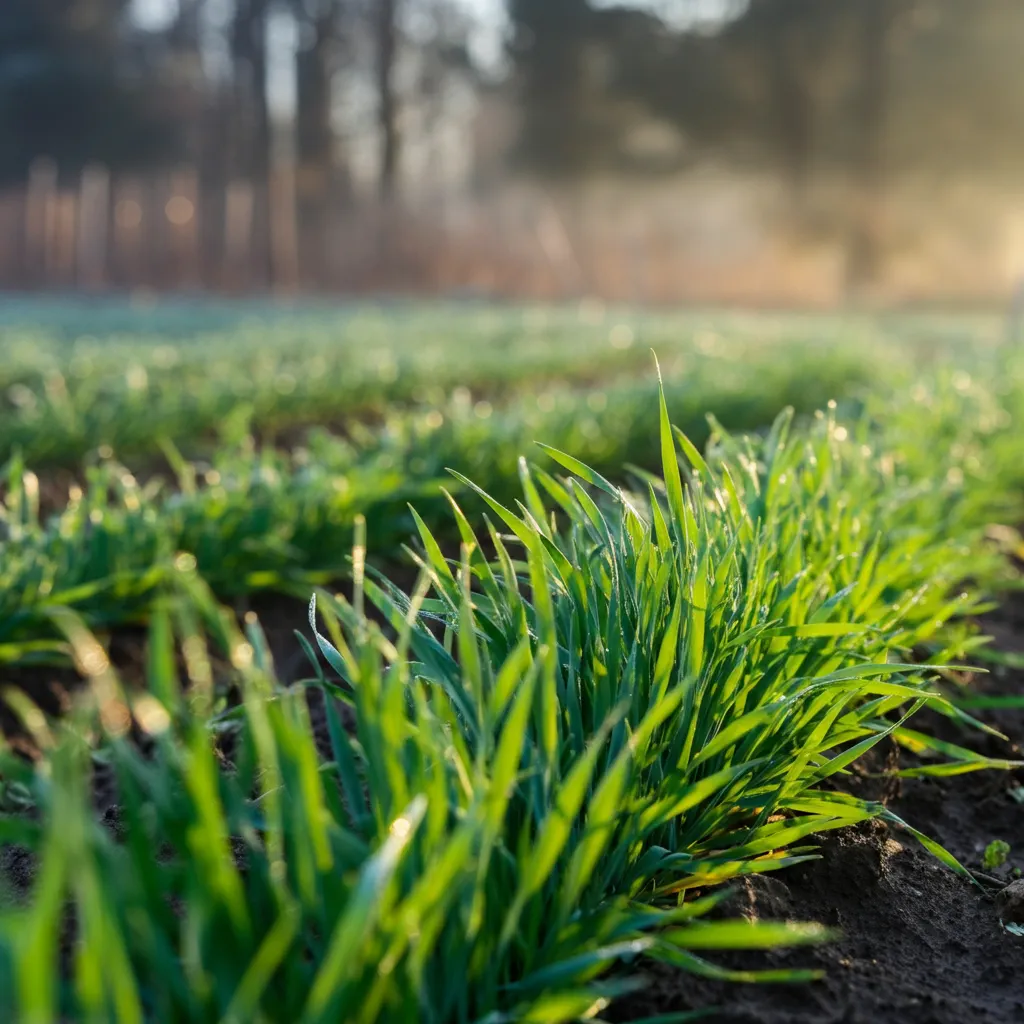


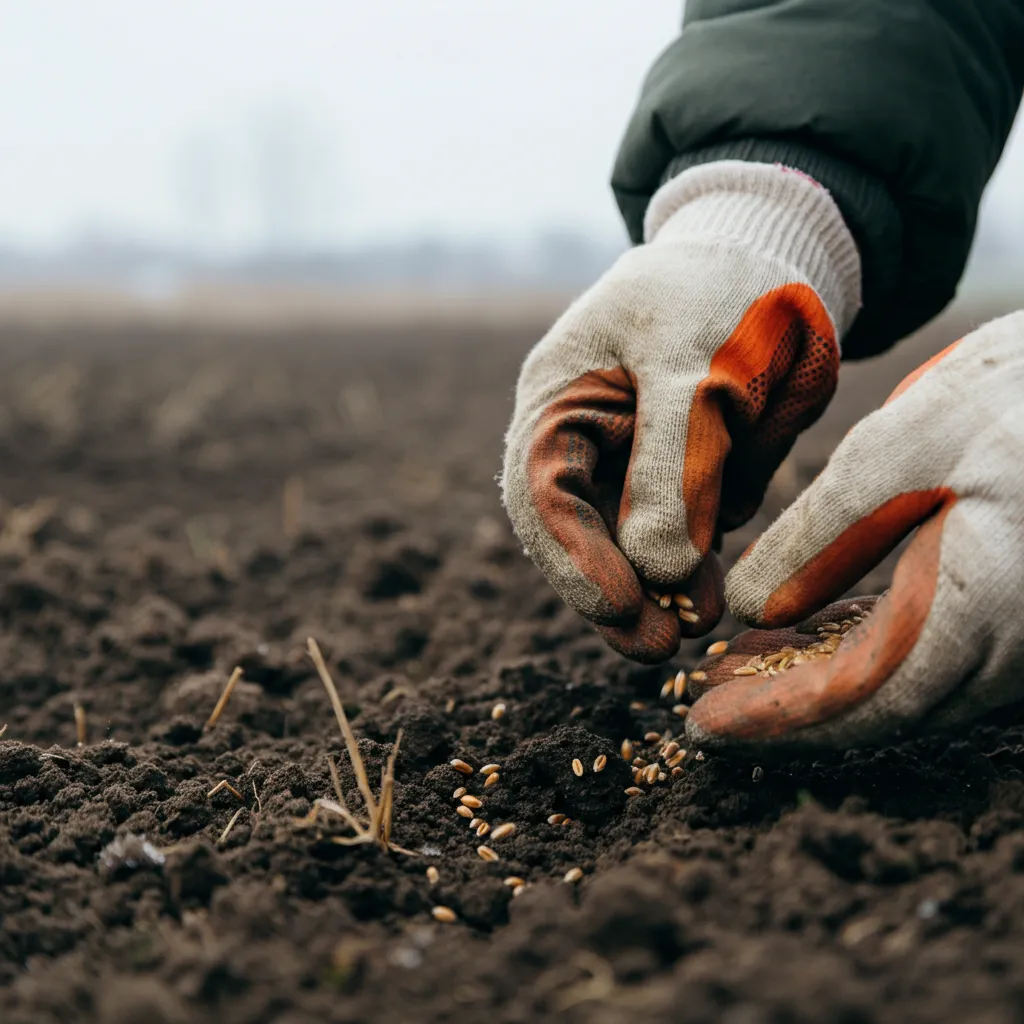
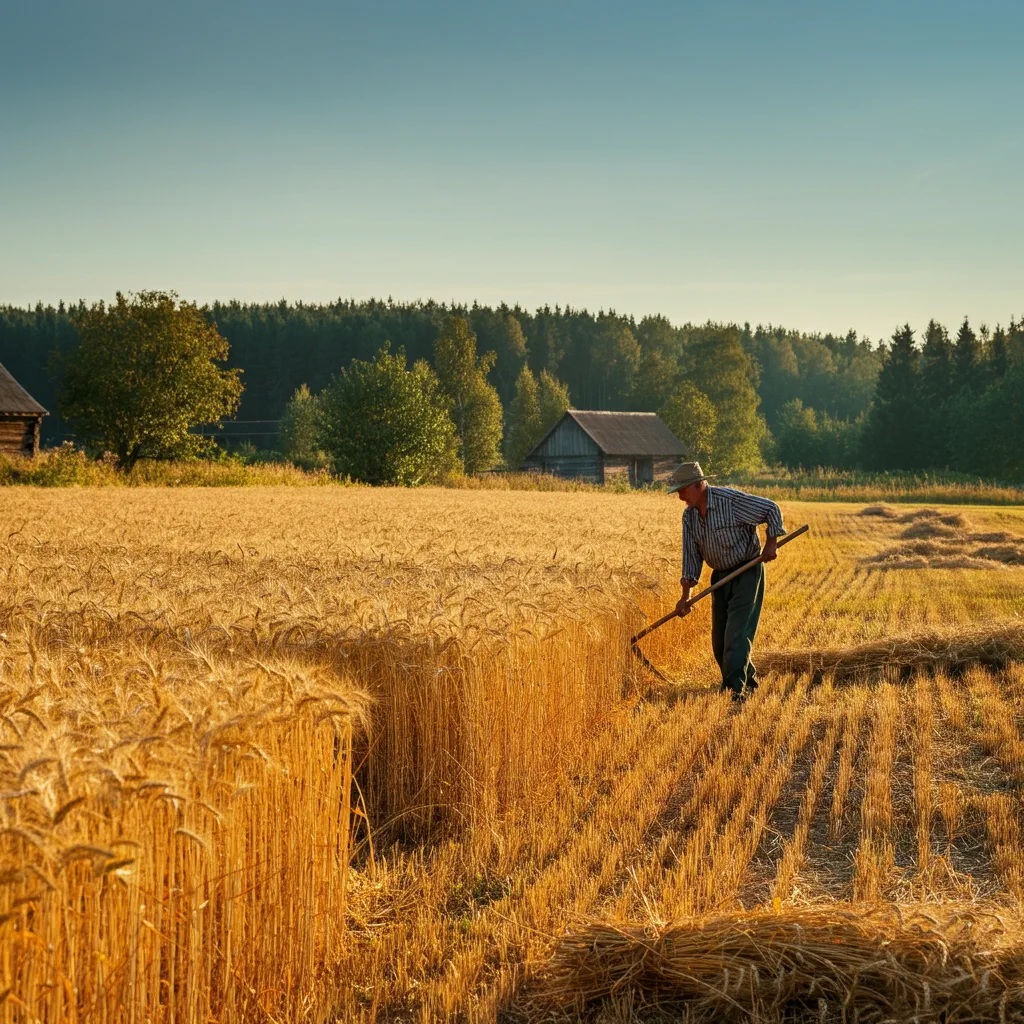
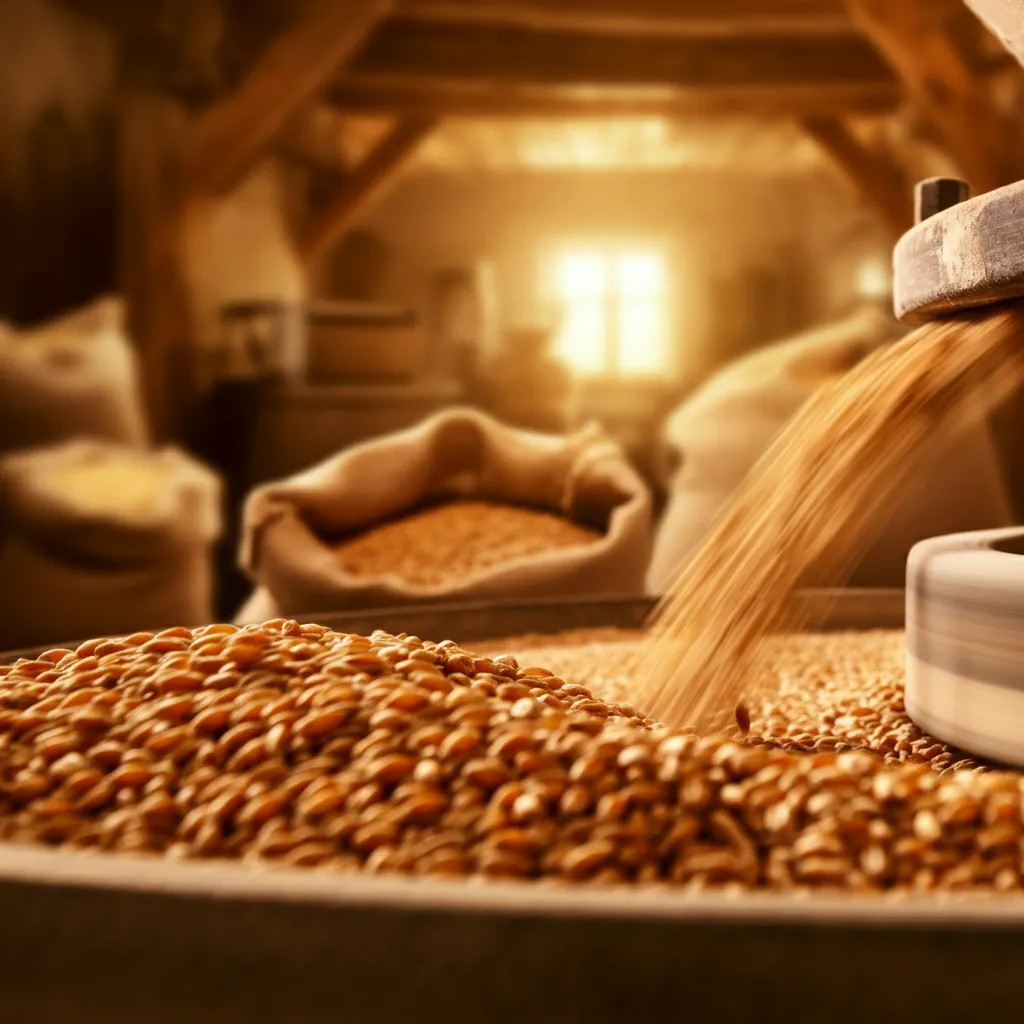
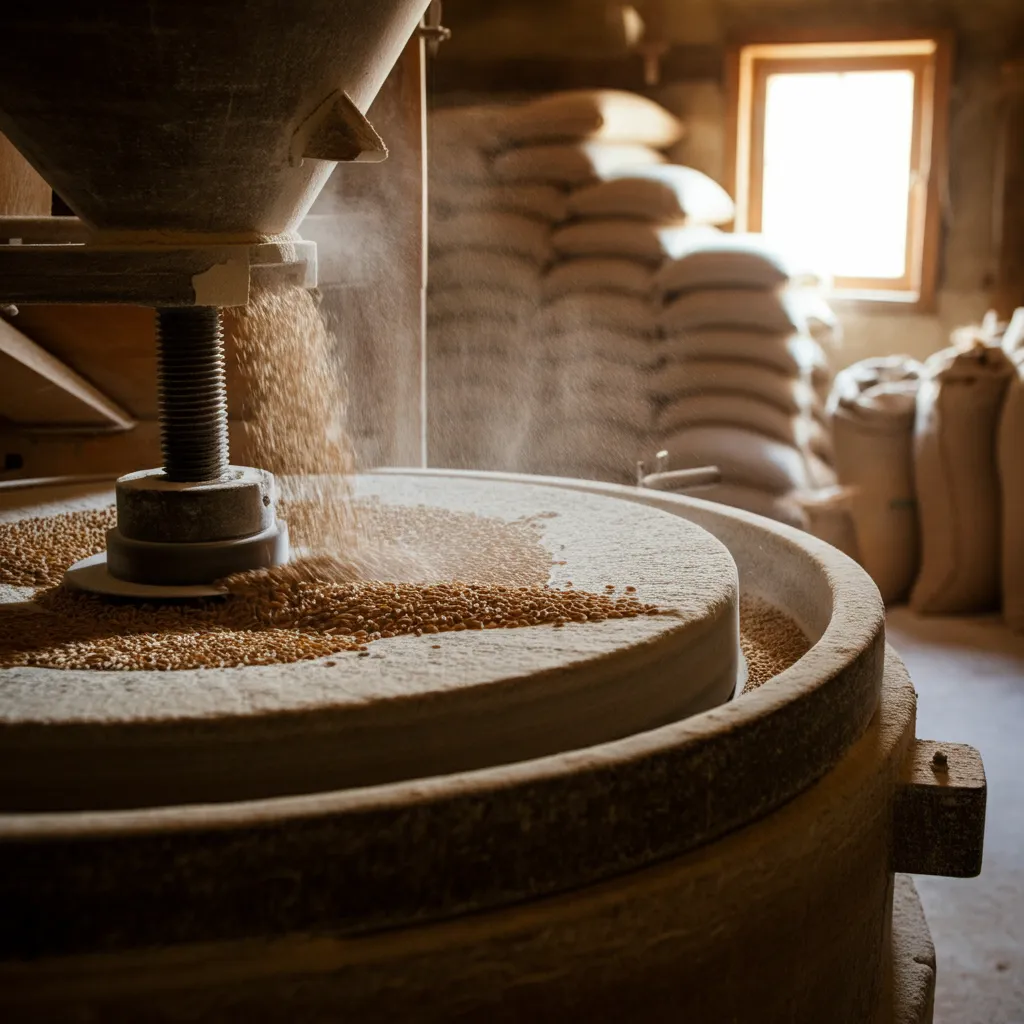
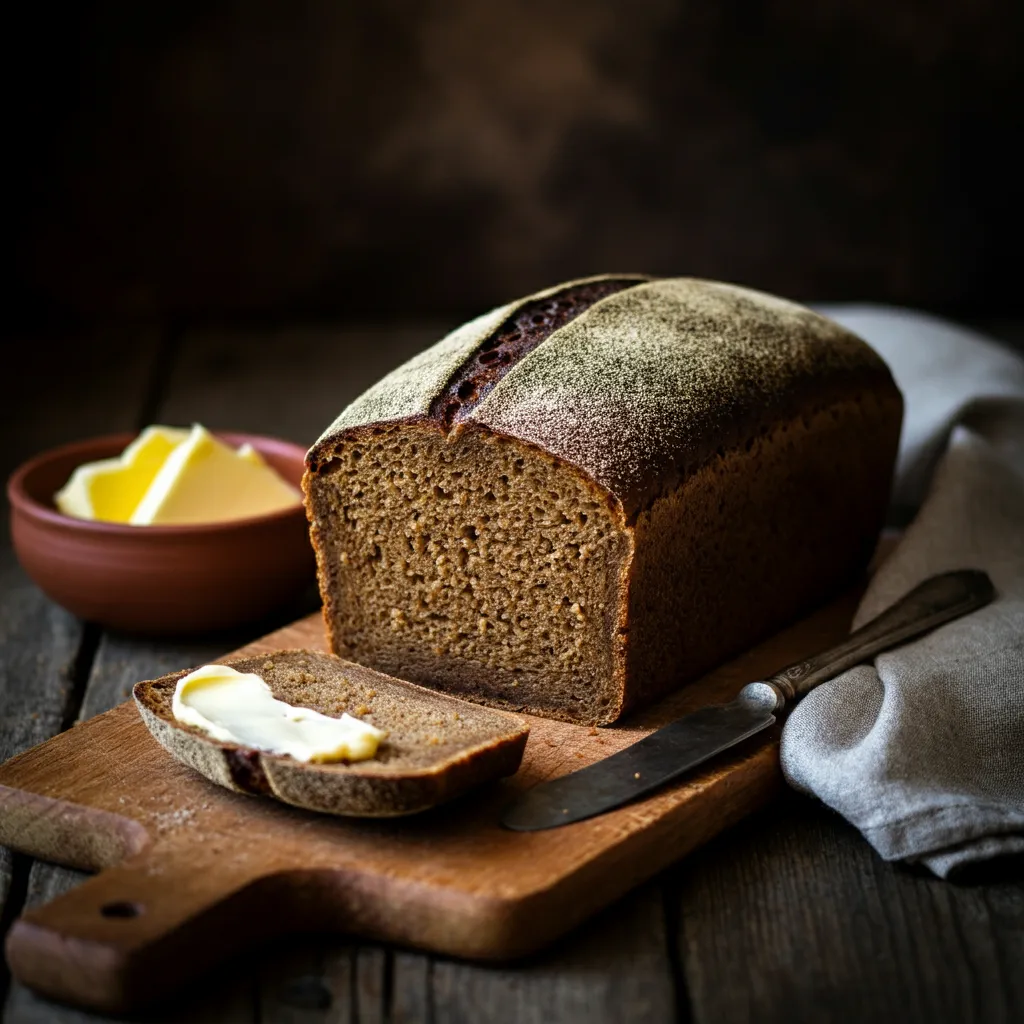











Community Feedback